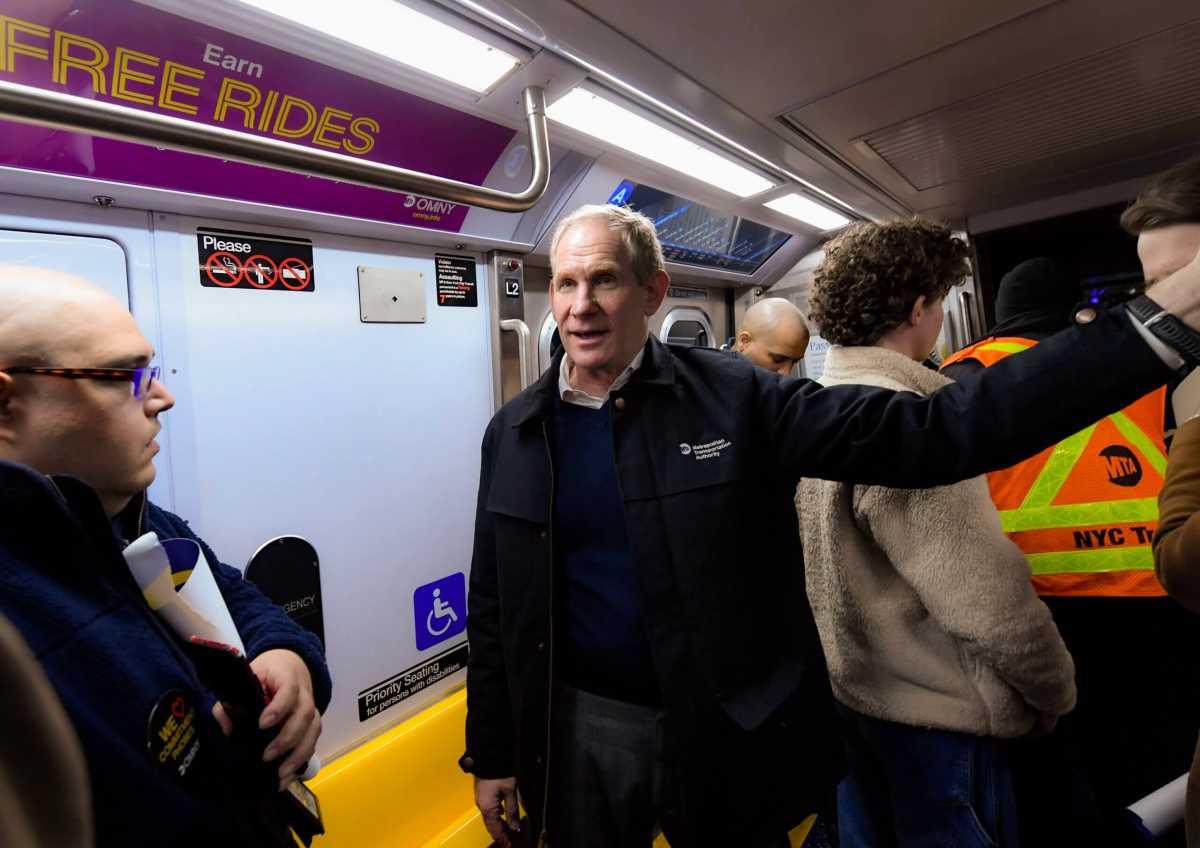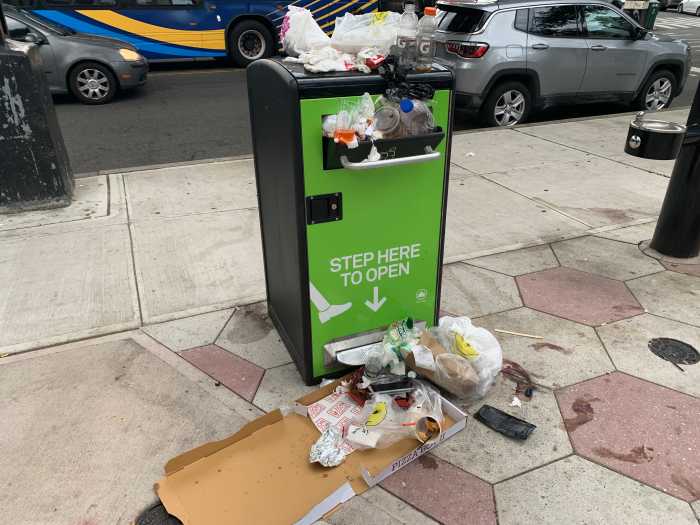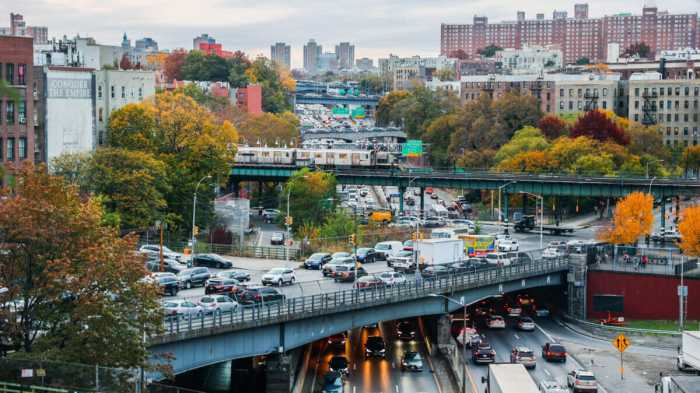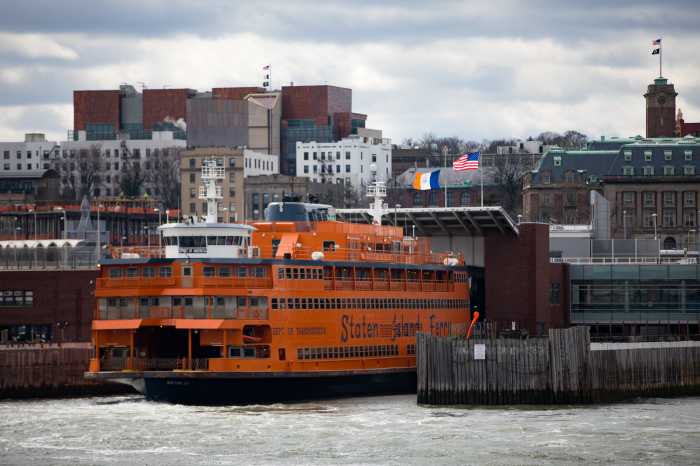Big storms, like the one that pounded the region last month, have a way of reminding New Yorkers how important our transit system is – and how incredibly vulnerable it is to climate change. It will never be completely waterproof – we are subject to the laws of gravity after all and the subway isn’t hermetically sealed – but it can be a lot more resilient, and that starts with capital investment.
Last week, we published the new 20-Year Needs Assessment – the most comprehensive inventory of the MTA network ever undertaken – which is going to guide the next two decades of development.
This document takes an unprecedented look at 5.8 million assets and components to assess where we are and what improvements are needed to preserve and modernize our vast and aging system, at the same time considering the profound societal shift in how riders use transit and the growing threat of climate change.
We’ve long known New York’s success depends on a high-functioning transit system. The reason we have a capital program in the first place is because former MTA Chair Dick Ravitch made the case to Governor Hugh Carey in the early 80s to invest in bringing transit back from the brink. And it worked.
Back then, subway cars broke down every 6,000 miles. Today that stat – Mean Distance Between Failures – is 120,000 miles. A 2,000% improvement! Nevertheless, the MTA network – an irreplaceable asset valued at $1.5 trillion – continues to age and deteriorate after decades of underinvestment that we’ve only recently begun to turn around.
To keep powering the region, we must achieve the State of Good Repair that Ravitch dreamed of, while planning for the second half of this century and new travel patterns, technologies and jobs that are still to come.
Our vision of the future also calls for expanding MTA service where it makes sense to meet the needs of an ever-growing population and, especially, to better connect historically disadvantaged communities to employment, education, healthcare, and everything else the City has to offer. Millions of New Yorkers, as well as their children and their grandchildren, are depending on it.
Thanks to the dedicated staff that worked on this document – utilizing first-ever, highly detailed underlying data collected from across the MTA — that 20-Year Needs Assessment is the most expansive and actionable in our agency’s history, and the MTA is ready to address the challenges it identifies. I’m confident that with enough investment (and the right investments!), we can deliver a better transit system than we found – one that is more resilient, more reliable, and more equitable than ever before.






































